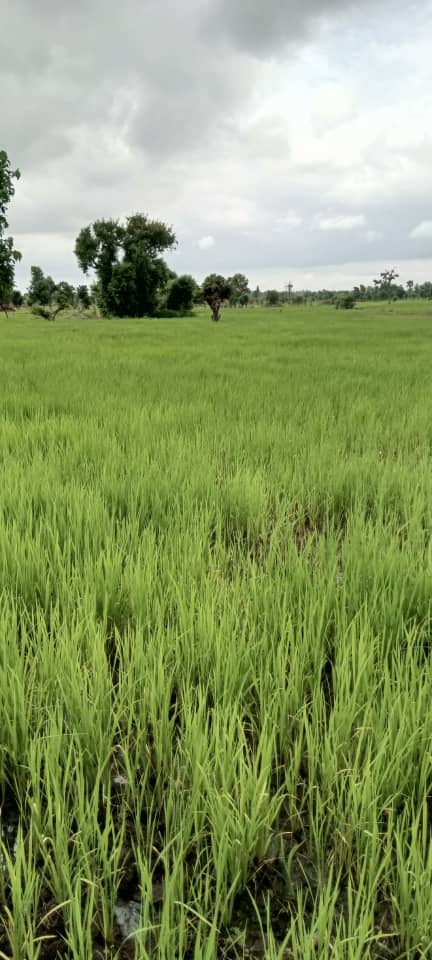🌾 Rice Farming
📋 What is Rice Farming?
Rice farming is the cultivation of rice, a staple food for more than half the world’s population. It’s primarily grown in warm, wet climates, especially in Asia, using both traditional and modern techniques.
✅ Benefits of Rice Farming
Food Security
Rice is a major source of calories and nutrition for billions.
Economic Value
Provides income and employment to millions of farmers globally.
Cultural Significance
Central to diets, traditions, and economies, especially in Asia and Africa.
Environmental Contributions (when sustainable)
Flooded rice fields can support biodiversity and help recharge groundwater.
🔄 Rice Farming Process
Land Preparation
Fields are leveled and flooded (paddy fields), or prepared dry for upland rice.
Seed Selection and Sowing
Use of high-quality or hybrid seeds.
Seeds are either directly sown or transplanted after germination in nurseries.
Water Management
Fields are irrigated to maintain shallow water levels, especially for paddy rice.
Weed and Pest Control
Use of herbicides, manual weeding, or integrated pest management.
Fertilization
Application of nutrients (nitrogen, phosphorus, potassium) to promote growth.
Harvesting
Done manually or with machines once grains mature (turn golden yellow).
Post-Harvest Processing
Includes drying, threshing, milling, and storage.
